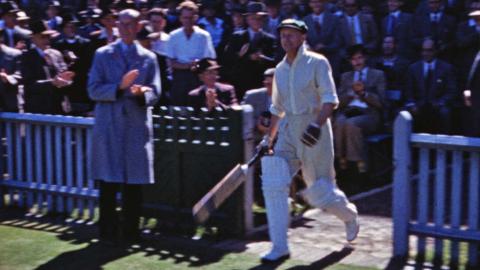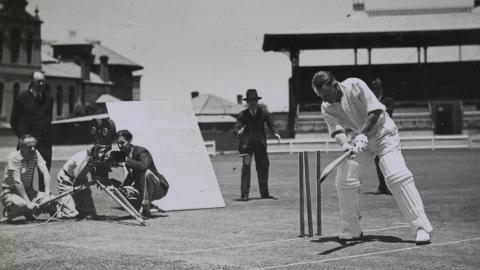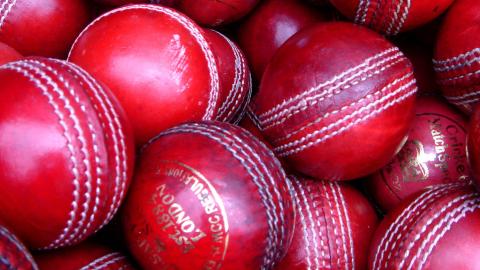
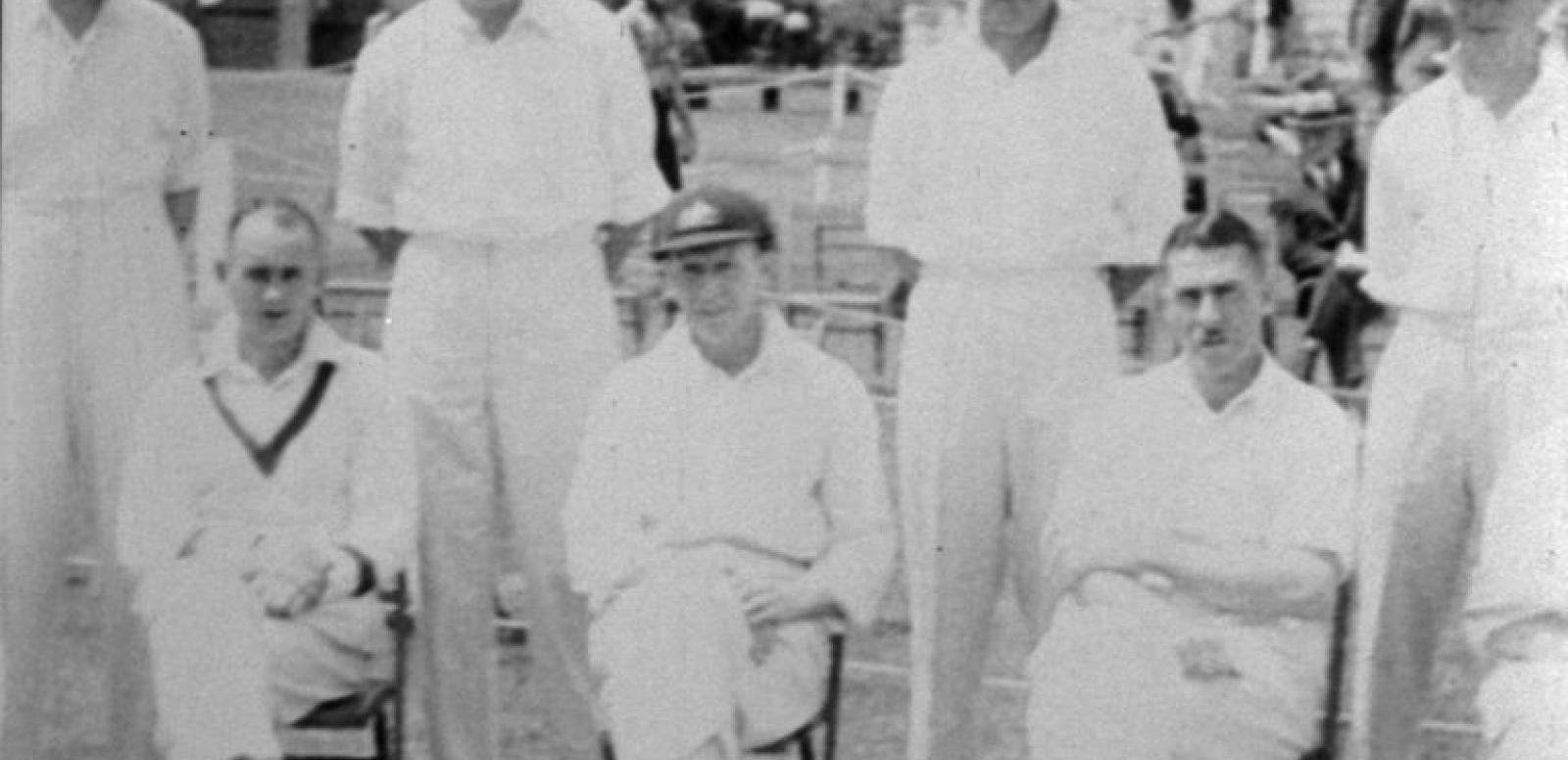
Bradman in Canada
In 1932, The Australians In Toronto – a forgotten 13-minute black-and-white silent documentary featuring Australia’s most famous cricketer, Sir Donald Bradman, in action – was quietly released to the Canadian non-theatrical market. Eighty years later, the film is being made available to Australian audiences for the very first time.
While much moving image exists of Bradman, his entire Test Match career was played in only two countries – Australia and England. The Australians in Toronto is believed to be one of only two known surviving films of the sport’s greatest batsman in action, playing somewhere other than in Australia or the British Isles.
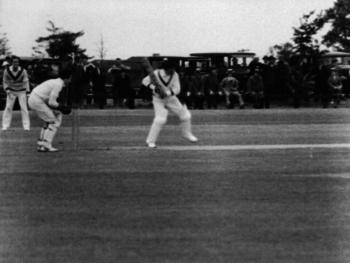
This visit to Toronto was part of a lengthy North American cricketing adventure organised by 46-year-old former Australian Test leg spinner Arthur Mailey. Though not officially sanctioned by the governing body of Australian cricket, Mailey gathered together a diverse team comprising past and present Australian first class cricketers, several lower level grade cricketers and a medical support officer. The Canadian Pacific Railway Corporation would agree to be the major tour sponsor under one proviso – the team had to include one Donald George Bradman, known in all parts of the British Empire for his phenomenal batting exploits.
Recently married to childhood sweetheart Jessie Menzies in late April 1932, Bradman was initially not too keen on this four-month overseas commitment, but agreed to the request on several conditions – most importantly, that his new bride be included in the touring party. As overseas travel was a luxury afforded to a select few, particularly given the effects of the Great Depression, the opportunity was too good to pass up. This ‘Goodwill Tour’, as it became known, would ostensibly be the Bradmans’ honeymoon – a working holiday while seeing the sights of Canada and the United States.
The Tour
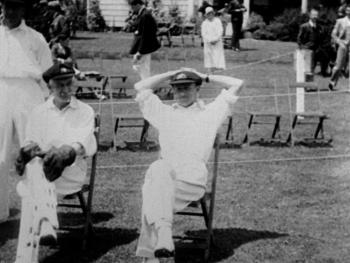
A day after arriving in Victoria, British Columbia, the cricket tour commenced on 17 June 1932. Over the next two-and-a-half months, the touring party would play an exhausting 51 matches across North America. The Toronto Cricket Club, the home of Canadian cricket for more than a century, would play host to four days of matches against the touring side later that month. The club’s ground at Armour Heights would accommodate two one-day games (June 29, 30) against Toronto and a keenly contested two-day game (July 1-2) against Eastern Canada.
Following the more competitive games played in Toronto, the tour would continue across Canada and the United States. The busy schedule would prove to be very taxing on Bradman, particularly as he was the focus for the media throughout. Even with these commitments, the great batsman would hit nearly 3,800 runs with 18 centuries at an average of 102. As these games were not considered first class matches, none of these statistics are included in his overall career numbers, making this a ‘lost’ tour of sorts. Bradman, frequently promoted in North American tour articles as ‘The Babe Ruth of Cricket’, would later find himself in the United States famously pictured shaking hands with The New York Yankees’ prolific home run hitter, a fortnight after the Toronto games.
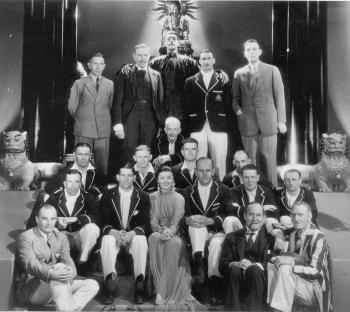
Bradman and the other members of the tour party would also find themselves in the presence of popular stage and screen celebrities, particularly in Hollywood, where many British-born stage personalities resided. Charles Aubrey Smith, former English Test Cricket captain and co-star of The Prisoner of Zenda (John Cromwell, USA, 1937), and now permanently residing in Hollywood, organised through his Hollywood Cricket Club several matches involving the touring Australians.
This amateur club, more an outlet for social interaction than a genuine attempt to grow the game in the Unites States, included in its history many notable expatriate British actors amongst its membership, including Cary Grant, Ronald Colman, David Niven and William Pratt. The latter was an accomplished wicketkeeper, now known locally as Boris Karloff, whose recent career-defining role as the hapless man-made monster in Frankenstein (James Whale, USA, 1931) would ensure a new celebrity status. Karloff would play in two of the games organised and featured in one of the most memorable photographic moments for the Australian team. During a break in filming of Karloff’s latest chiller, The Mask of Fu Manchu (Charles Brabin, USA, 1932), a visit to MGM studios organised by Aubrey Smith had members of the touring party posing onset with Karloff, co-star Myrna Loy, director Charles Brabin and other actors in full costume.
The ‘Goodwill Tour’ would conclude with a final game in Hollywood on 28 August, with the 17 member touring party returning to Australia aboard the RMS Monowai from San Francisco bound for Sydney on 31 August 1932. By the time The Australians In Toronto was completed and released to Canadian viewers, the infamous ‘Bodyline Tour’ would be underway and ‘goodwill’ would be the last thing on the minds of Bradman and the Australian cricket fraternity. That however, is another story…
The film
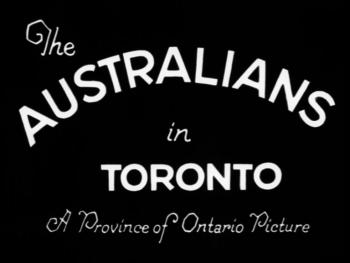
The visit of Bradman to Canadian shores was treated with much fanfare and anticipation by the local newspapers. The Ontario Motion Picture Bureau (OMPB), a provincial government-run film production company, sent its cameras to document the event. The resulting film was The Australians in Toronto, filmed only months before the start of the next Ashes Test series battle, the ‘Bodyline Tour’.
Don Bradman is clearly the star of the film, with frequent intertitle mentions and scenes of him at the crease in several of his four Toronto innings. Filmed playing an array of strokes including some flowing drives, a cut shot and one lusty pull shot which both he and the keeper miss, the newsreel’s producers are clearly not satisfied with anything less than a hundred from the master batsman, noting at one point of his failure at hitting ‘only 52’. The Australians would however play at Armour Heights on the unfamiliar non-first class ‘matting’ pitches, which, combined with frequent disruptive rain, restricted the free flowing scoring on display in other tour games. With local expectation high for a century from the ‘Kangaroo King of Cricket’, his four scores of 27 not out, 11, 40 and 52 over the four days of play left the sporting editor for The Toronto Daily Star to lament that ‘he has not shown the crowd anything much to rave about as a slugger’.
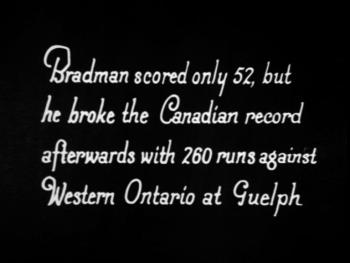
Whether through a sloppy attention to detail, editing expediency or a simple indifference to the game, the OMPB producers neglected to mention important details of the matches. Indeed, a close inspection of the cricketing action as narrated by the film’s constant intertitles reveals major discrepancies with printed scoreboards of this tour. Though three games were played against two separate opponents over the four days in Toronto, the intertitles state a lone two-day game was played against All-Toronto. For example, titling mentions the Toronto first innings of 80, followed by the Australians replying with 225. However, the Toronto’s paltry total was made on 29 June (Game #1) whereas the visitors’ 225 was compiled on 1 July against a different team in a different match (Game #3 versus East Canada)! This is similarly verified by the identification of some named Canadian players who appear in one game but not another. To add to the confusion, contrary to the title card proclaiming ‘Australia wins by nine wickets’, none of the three games played in Toronto ended with this result.
Other intertitles clearly indicate final editing occurred some months after the actual matches took place. One mentions a forthcoming epic Bradman knock – a 260 he would make days later played on a ground in front of Canada’s then largest prison – a batting record on Canadian soil that would stand for 58 years – and another a post-tour summary of the team experiencing defeat only once during this North American interlude. The film will therefore not have been completed and released before September 1932.
Survival
The Australians in Toronto exists in Canada thanks to a surviving print produced on the rarely found 28mm safety film stock. Though originally shot on 35mm, the film originals were believed destroyed in 1937 when the OMPB 35mm collection was melted down by its new Montreal owners to retrieve the silver inherent in nitrate film. Salvation for the OMPB 28mm collection, earmarked for destruction, however arrived in the form of Father Joseph Gravelle, a priest from Northern Ontario who acquired the collection – possibly as many as 3,000 reels – to show to his local Roman Catholic parishioners. The films were then stored in his barn, left to the mercy of the elements for 25 years. In 1967, this 28mm collection was discovered and returned to Toronto by a private production company, with the intention to exploit the films as a stockshot library. In 1972 the newly formed National Film Archives of Canada (today known as the incorporated Library and Archives Canada) purchased the surviving collection of 600 titles (the majority French Pathé in origin).
Pathé France introduced 28mm film in late 1911 and, soon after, the format found its way into the North American market. As a safe diacetate film stock alternative to highly flammable 35mm nitrate film, 28mm became a popular film format for the non-theatrical market. The introduction of the cheaper 16mm film stock in 1922 would however ensure the days of 28mm were numbered, particularly with the flexibility 16mm machinery offered for conversion to accommodate sound films, an option not available to 28mm projectors. By the time of completion of The Australians in Toronto, 28mm film stock had nearly disappeared, ceasing production in 1934. Films in this format are even more uncommon in Australia, the NFSA holding less than 100 reels of 28mm in its vast moving image collection, the majority French in origin. Though 28mm cameras and projectors were available in Australia circa 1914 for some years, only a handful of reels filmed in Australia survive in our collection.
The local government-operated Ontario Motion Picture Bureau produced newsreels such as The Australians In Toronto for the non-theatrical market. Canadian author David Clandfield notes specifically that the Bureau’s output was ‘designed to engage in “educational work for farmers, school children, factory workers and other classes”’. The non-flammable 28mm film format was thus safe in the hands of part-time projectionists working at schools, churches and film societies. Given cricket’s popularity in Canada by 1932 was a shadow of its 1867 status as the then fledgling nation’s official national sport, it’s likely that few people even at the time would have been exposed to this production. The OMPB, riddled with financial inefficiencies, a glut of poorly paid complacent staff and now utterly irrelevant in its silent film production techniques, would be dissolved by a newly elected local government in October 1934.
The NFSA would like to pay special tribute to William S (Bill) O’Farrell (1954-2008), former Chief of Moving Image and Audio Preservation at the National Archives of Canada, whose foresight ensured a 35mm duplicate negative of this film would find its way to Australia. The NFSA is delighted to share this film with cricket lovers around the globe, made at a time when the ‘spirit of cricket’ was as important as the result.
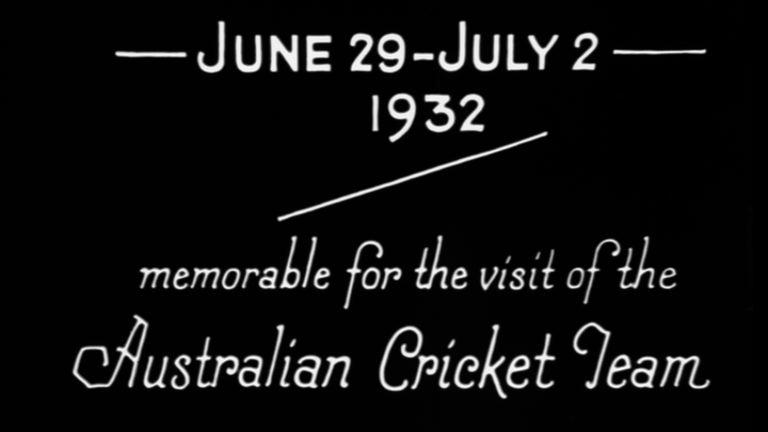
'The Australians In Toronto' (NFSA title 486807)
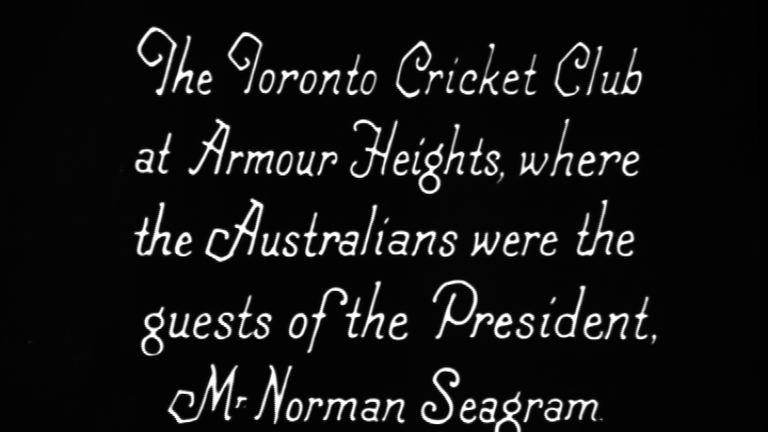
'The Australians In Toronto' (NFSA title 486807)
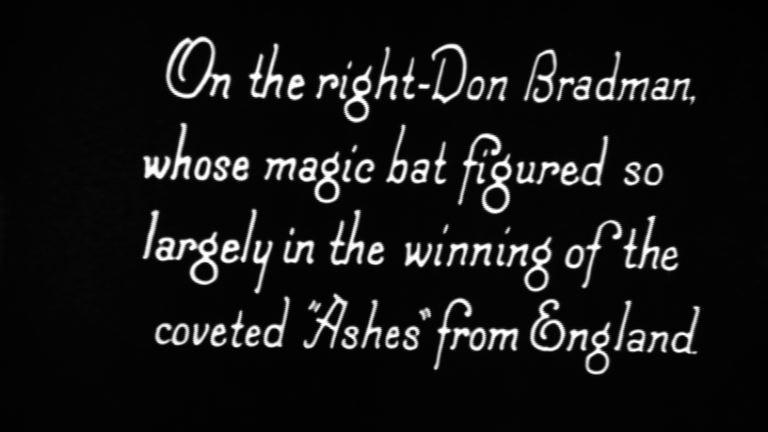
'The Australians In Toronto' (NFSA title 486807)
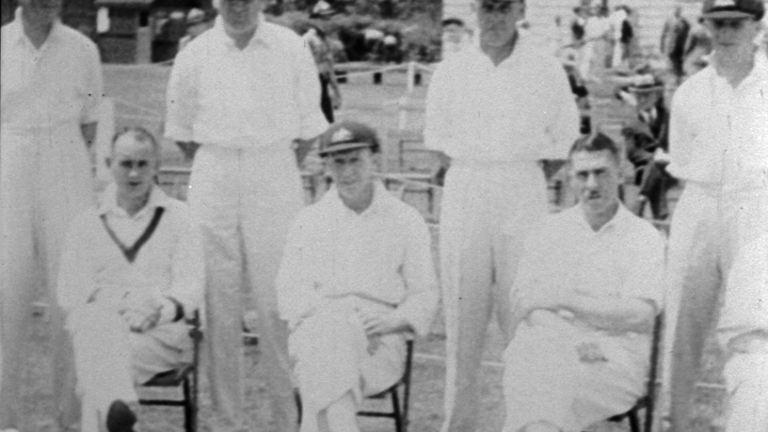
'The Australians In Toronto' (NFSA title 486807)
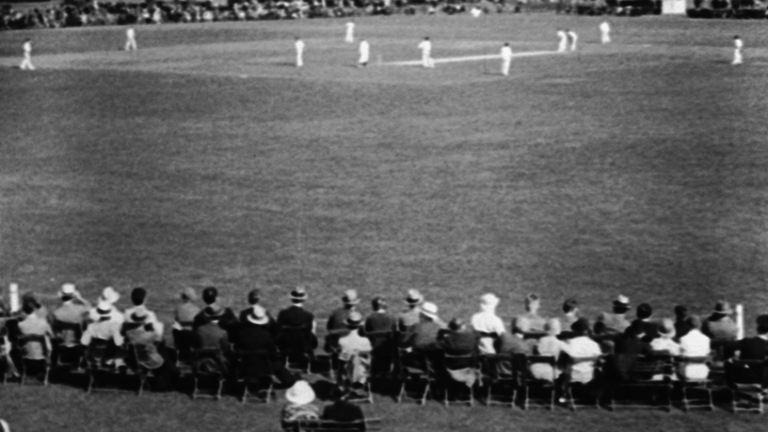
'The Australians In Toronto' (NFSA title 486807)
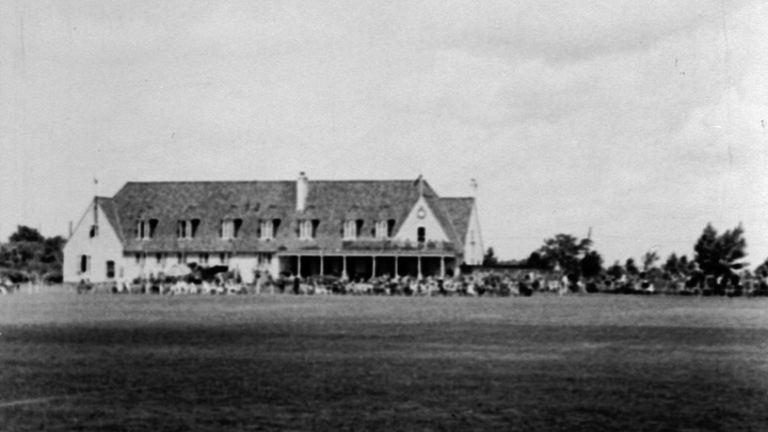
'The Australians In Toronto' (NFSA title 486807)
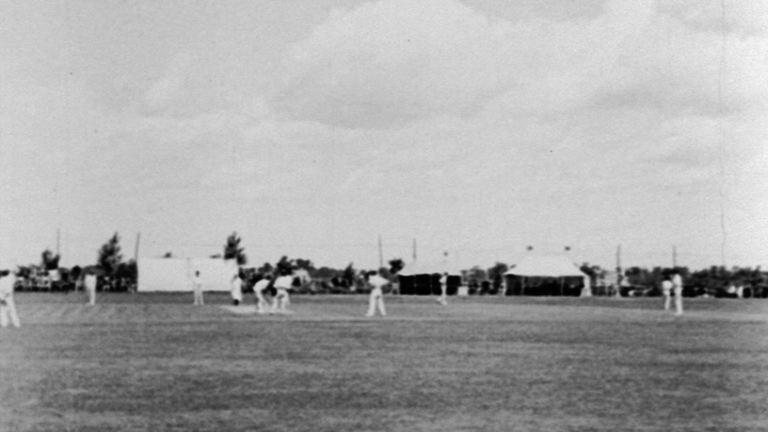
'The Australians In Toronto' (NFSA title 486807)
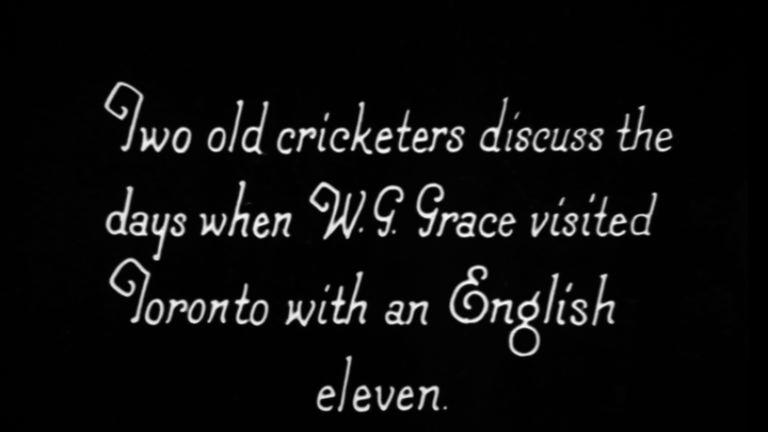
'The Australians In Toronto' (NFSA title 486807)
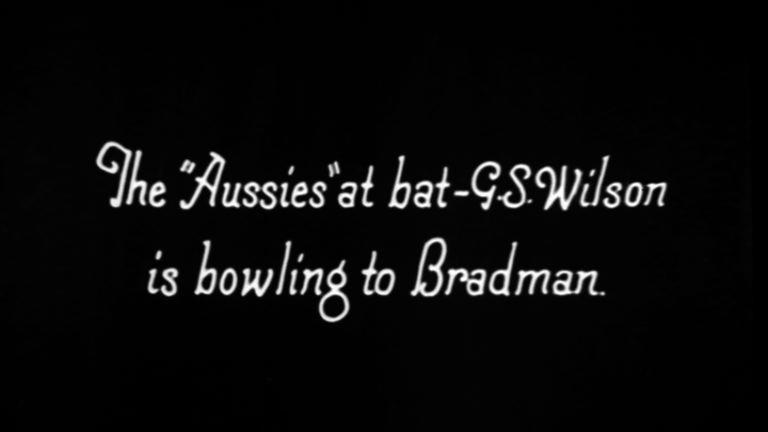
'The Australians In Toronto' (NFSA title 486807)
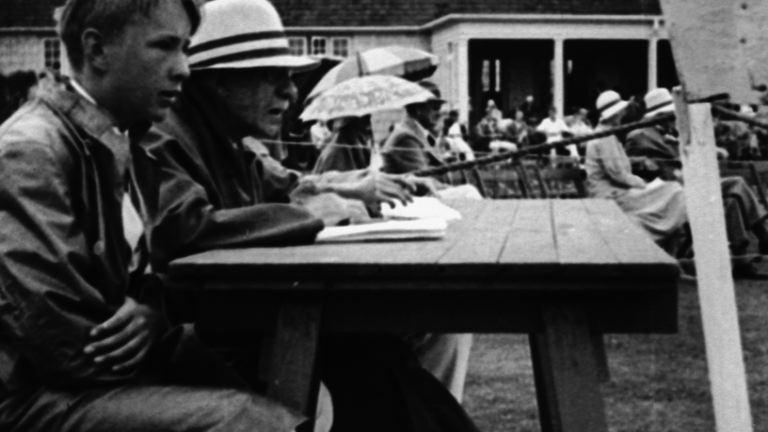
'The Australians In Toronto' (NFSA title 486807)
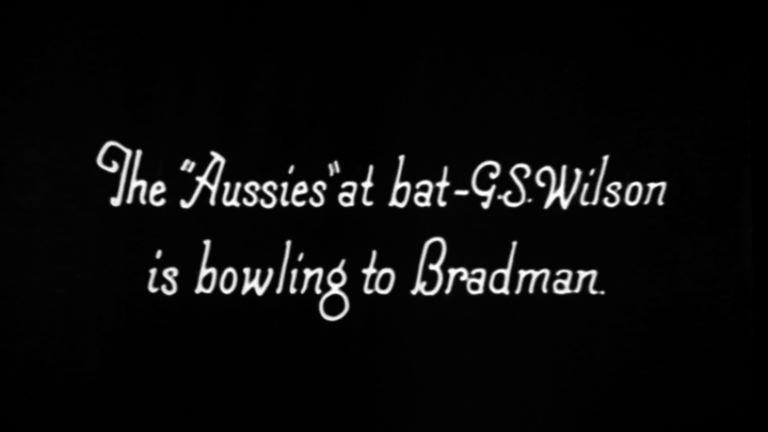
'The Australians In Toronto' (NFSA title 486807)
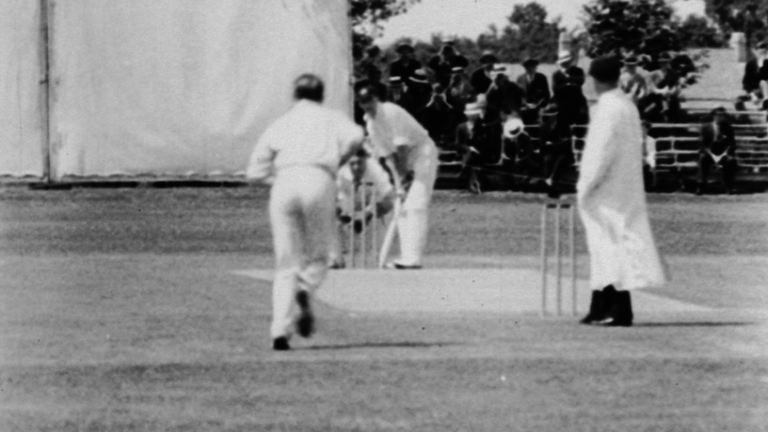
'The Australians In Toronto' (NFSA title 486807)
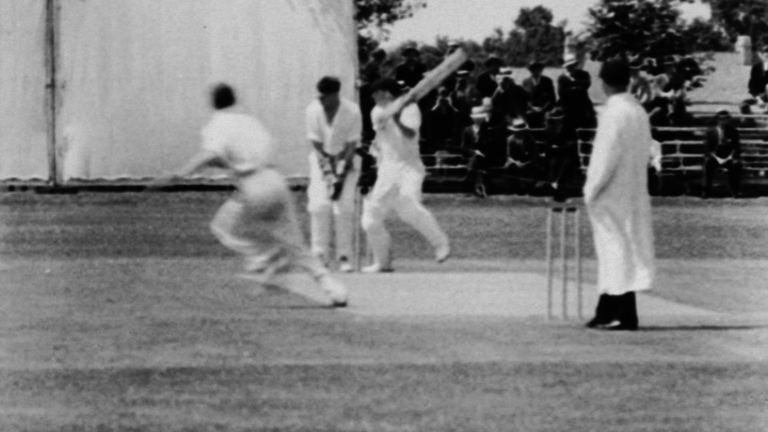
'The Australians In Toronto' (NFSA title 486807)
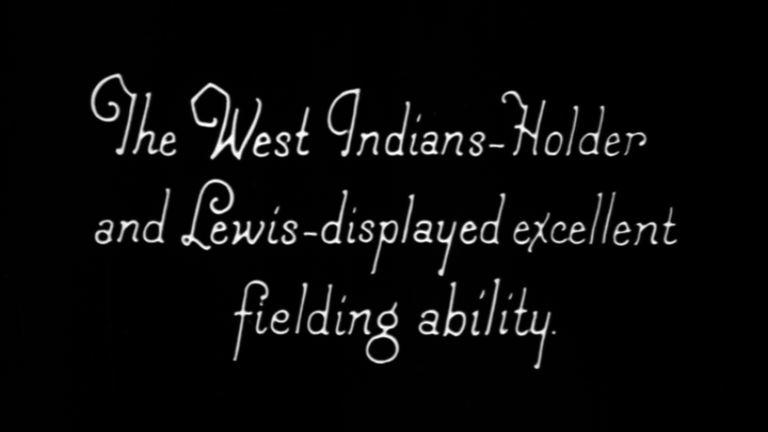
'The Australians In Toronto' (NFSA title 486807)
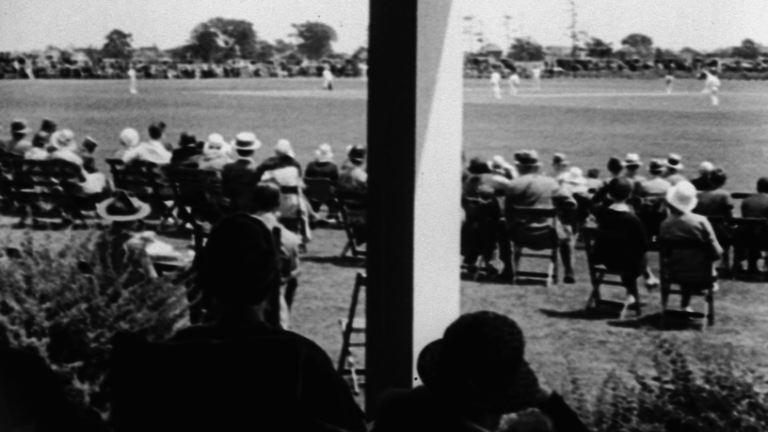
'The Australians In Toronto' (NFSA title 486807)
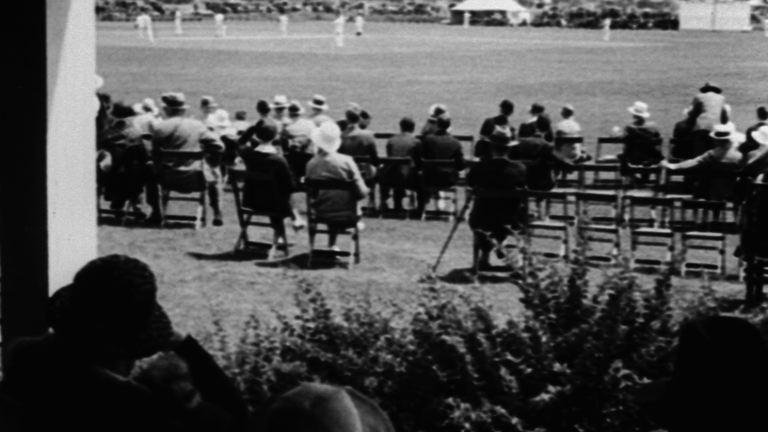
'The Australians In Toronto' (NFSA title 486807)
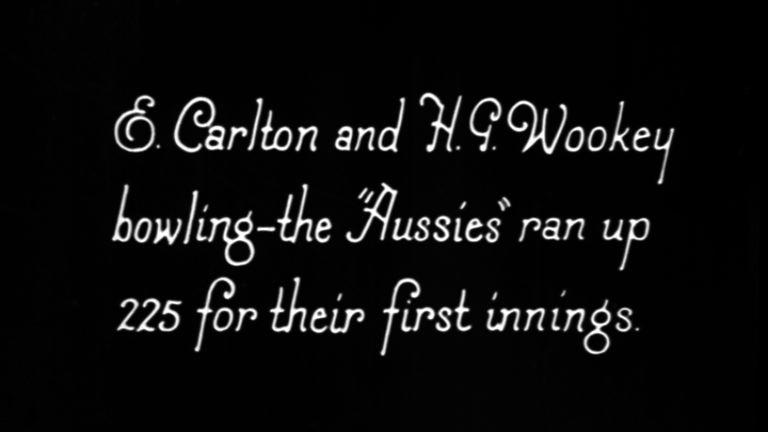
'The Australians In Toronto' (NFSA title 486807)
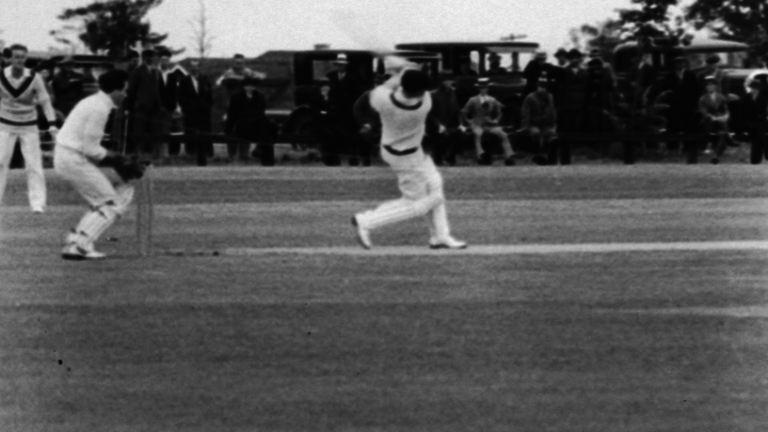
'The Australians In Toronto' (NFSA title 486807)
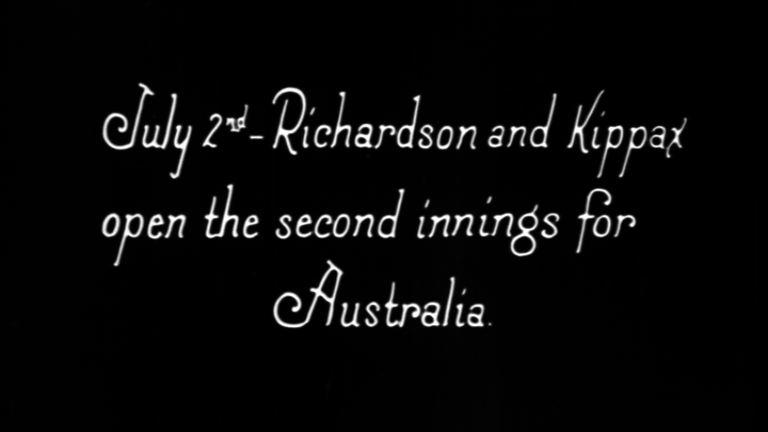
'The Australians In Toronto' (NFSA title 486807)
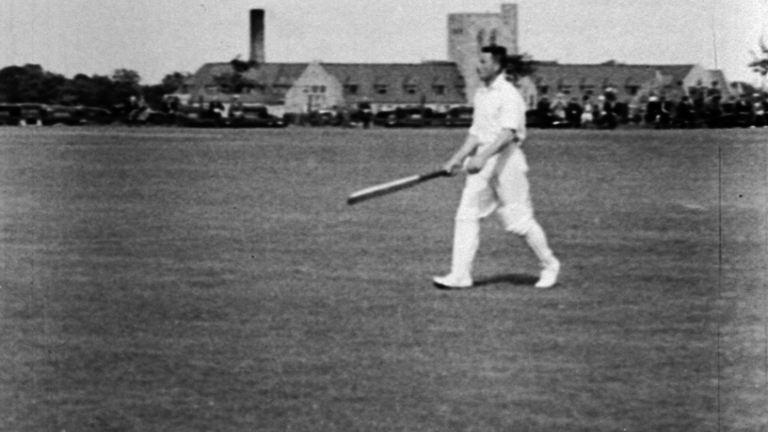
'The Australians In Toronto' (NFSA title 486807)
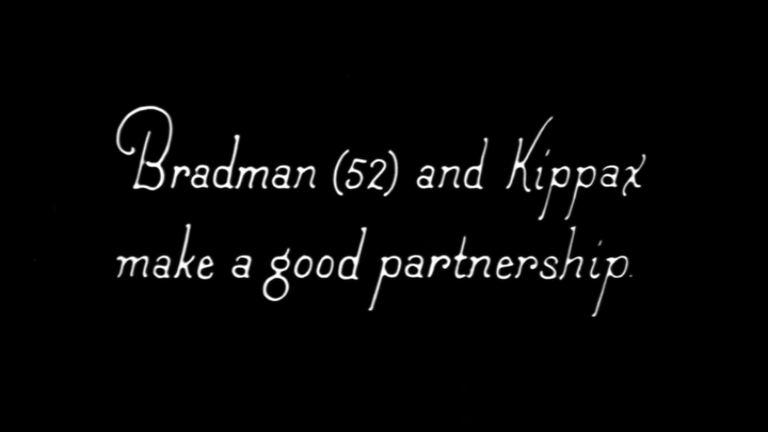
'The Australians In Toronto' (NFSA title 486807)
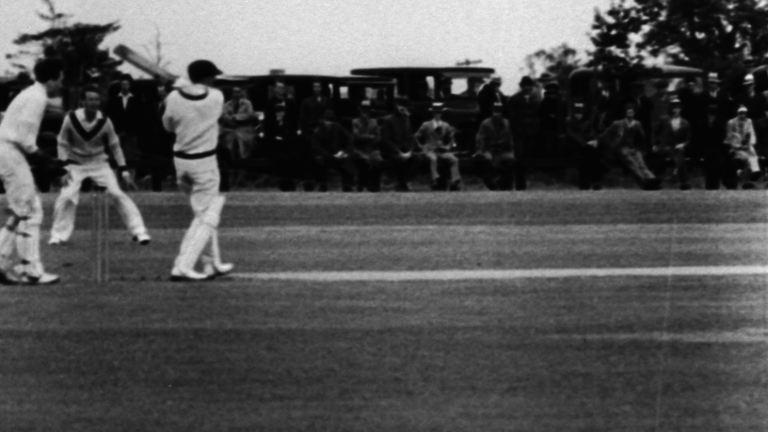
'The Australians In Toronto' (NFSA title 486807)
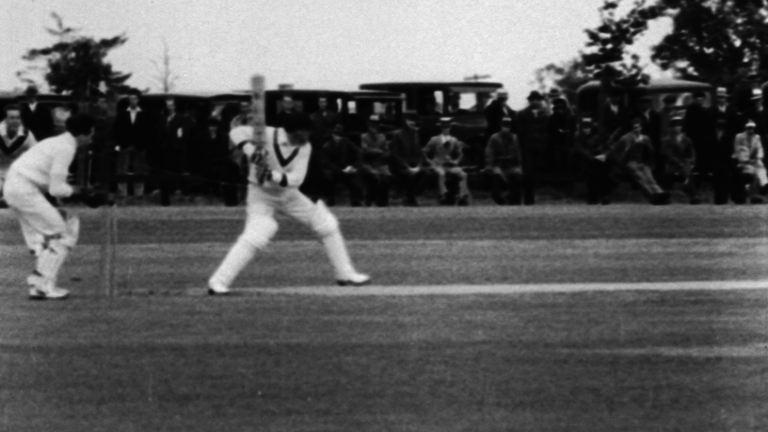
'The Australians In Toronto' (NFSA title 486807)
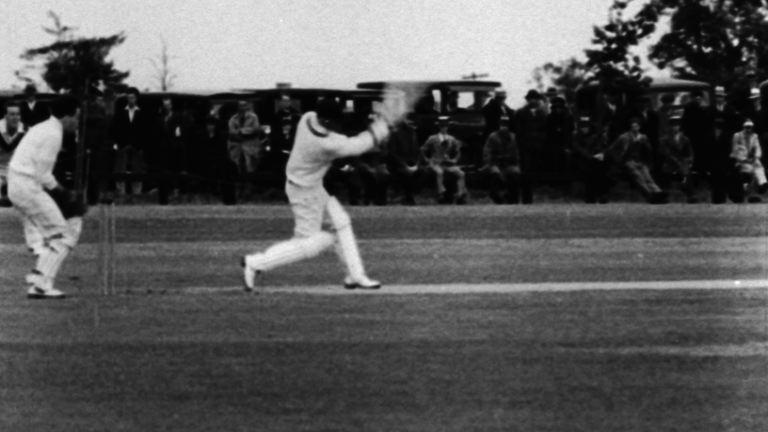
'The Australians In Toronto' (NFSA title 486807)
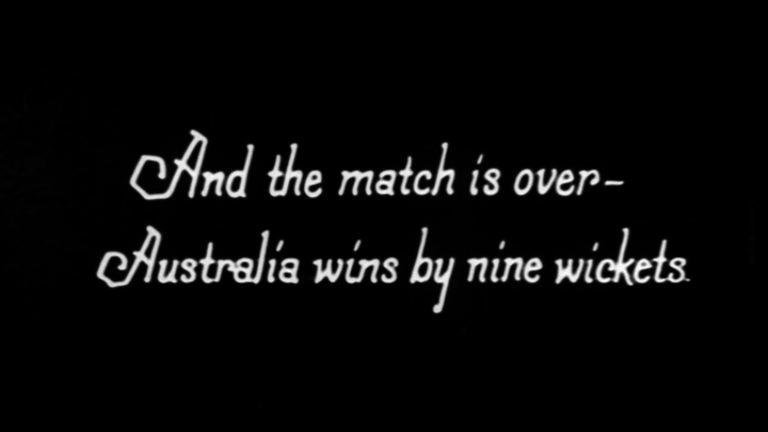
'The Australians In Toronto' (NFSA title 486807)
References
The Australians In Toronto (Ontario Motion Picture Bureau, Canada, 1932) – courtesy of Library and Archives Canada
Clandfield, David, Canadian Film, Toronto: Oxford University Press, 1987
Growden, Greg, A Wayward Genius : The Fleetwood Smith Story, Crows Nest: ABC Enterprises, 1991
Morris, Peter, Embattled Shadows – A History Of Canadian Cinema 1895-1939, Montreal: McGill-Queen’s University Press, 1978
Page, Michael, Bradman –The Illustrated Biography, South Melbourne: MacMillan, 1983
Richardson, VY, The Vic Richardson Story, Adelaide: Rigby Ltd, 1967
Sissons, Ric, The Don Meets The Babe, Surrey: J.W McKenzie, 1995
Reel Deals: The Australian film collectors’ magazine
The Toronto Daily Star newspaper
Thank you
Archives of Ontario, State Library of South Australia, NFSA Library, RMIT AFI Research Collection, Glenn Gibson and David Frith.
The National Film and Sound Archive of Australia acknowledges Australia’s Aboriginal and Torres Strait Islander peoples as the Traditional Custodians of the land on which we work and live and gives respect to their Elders both past and present.
